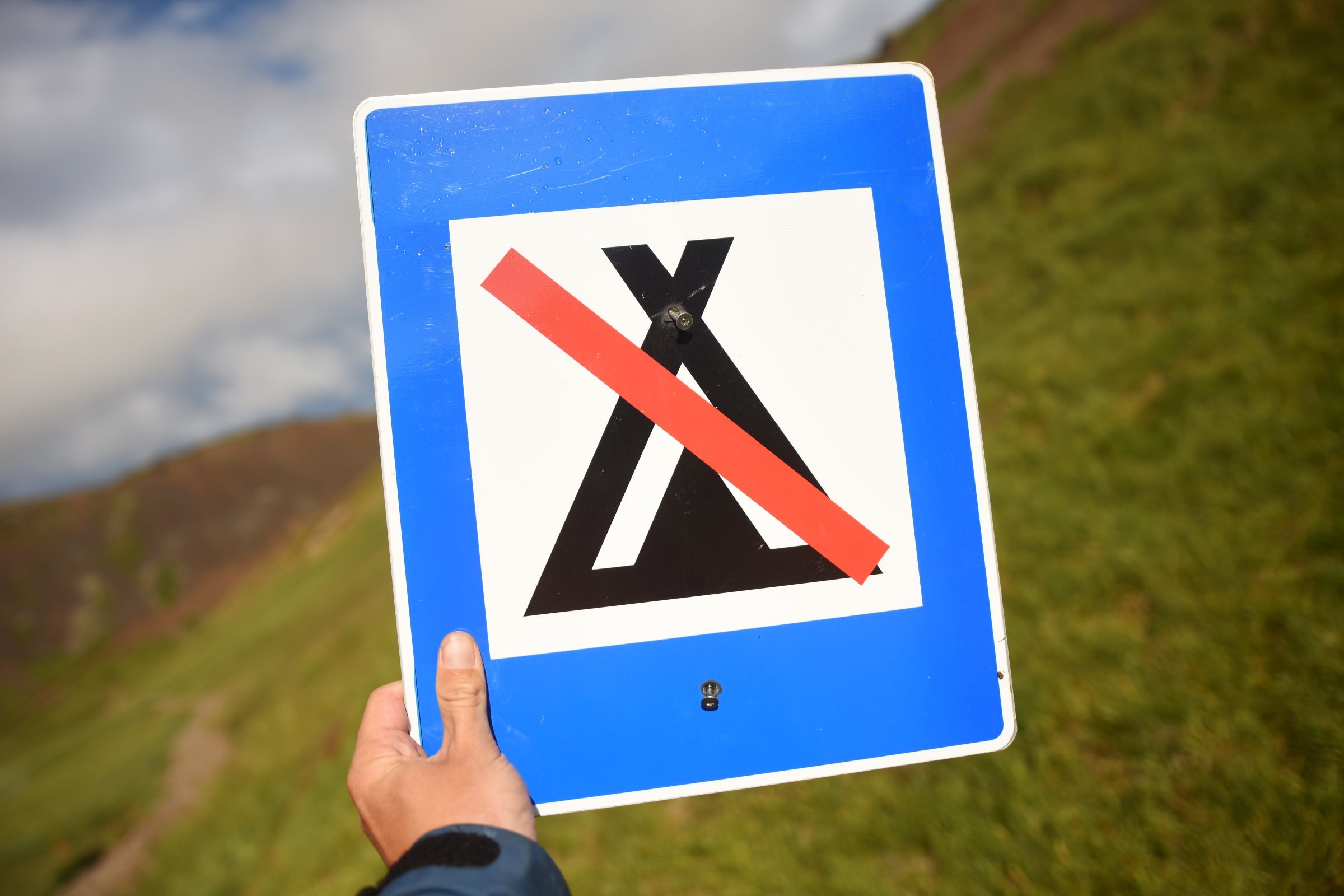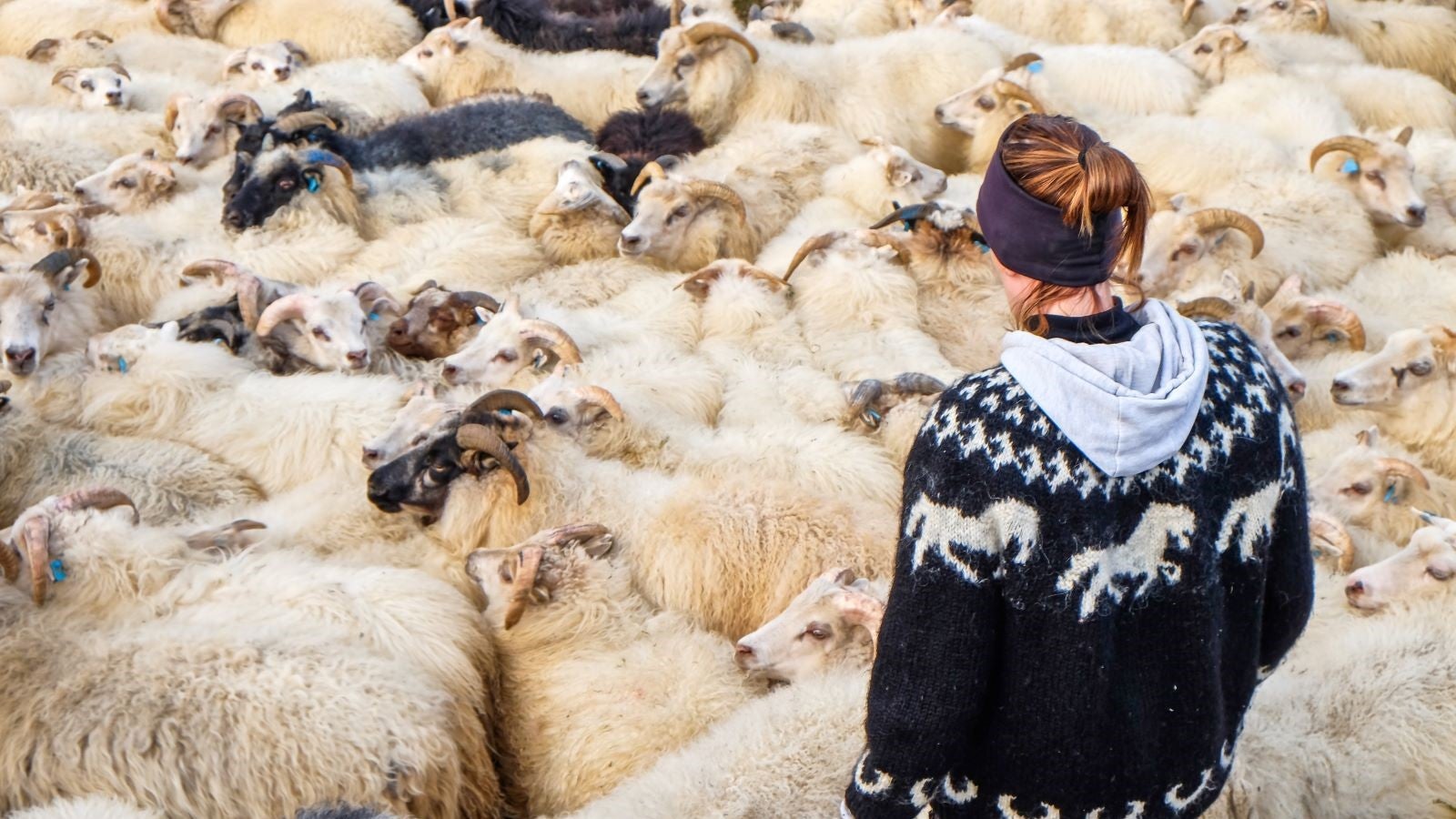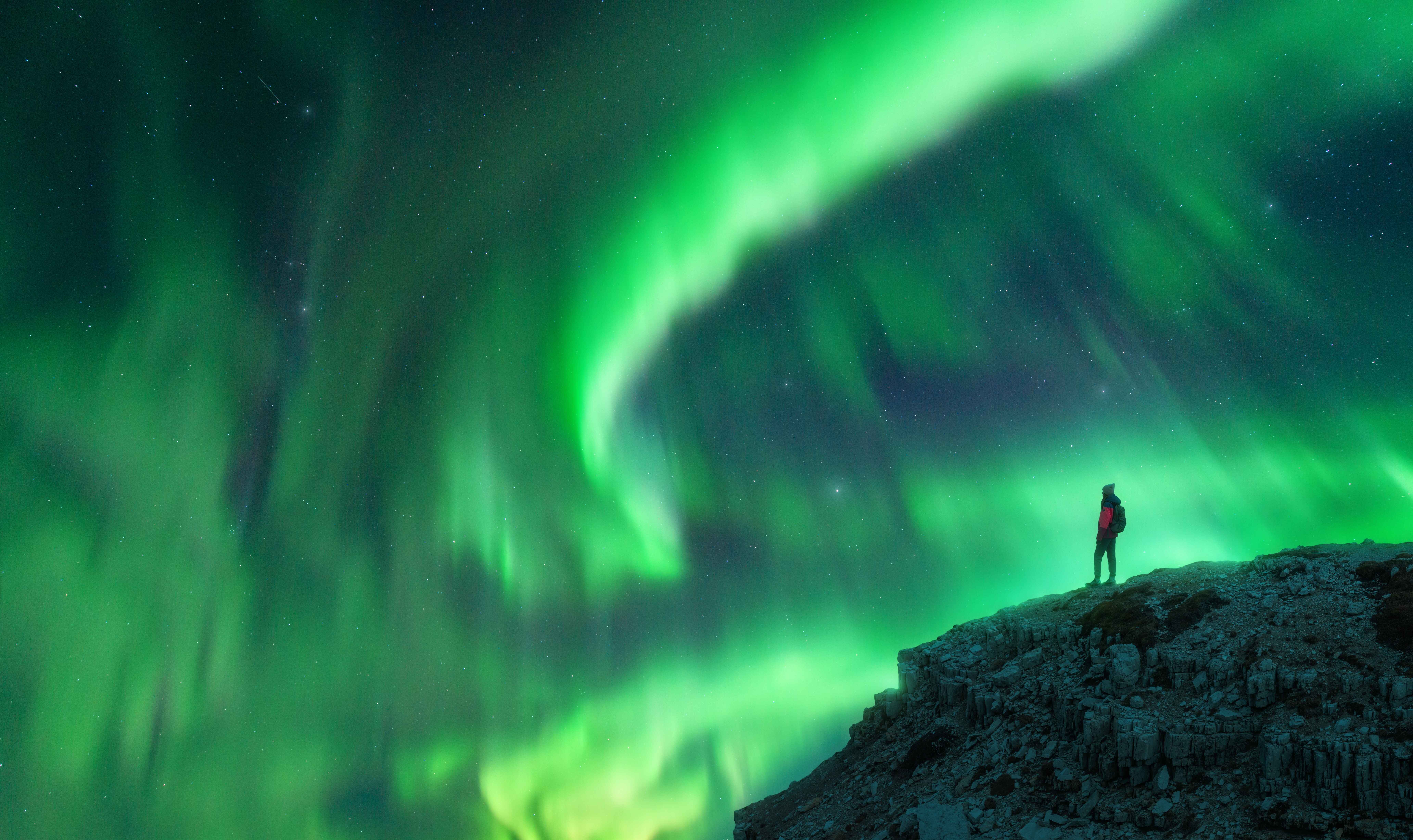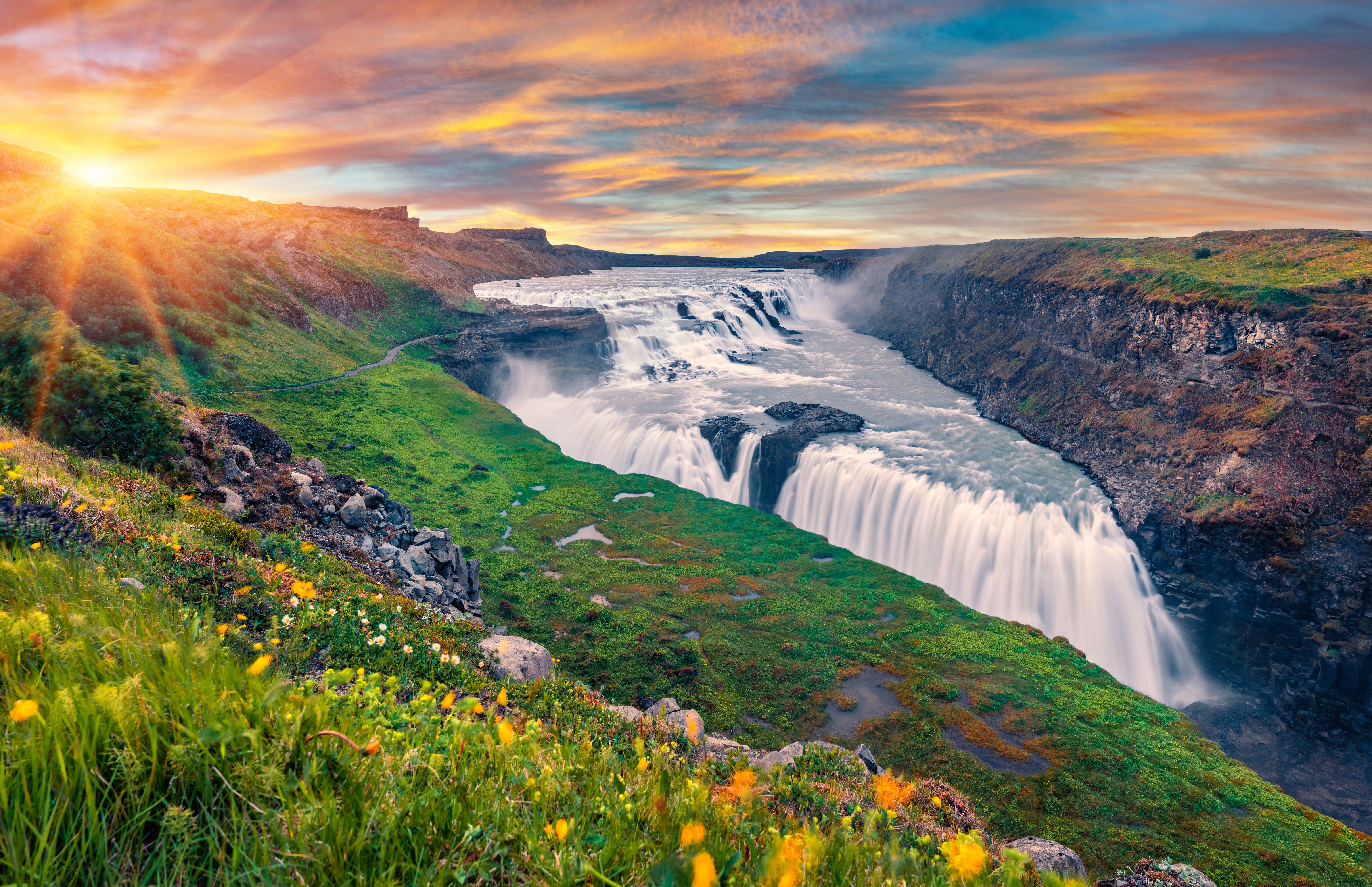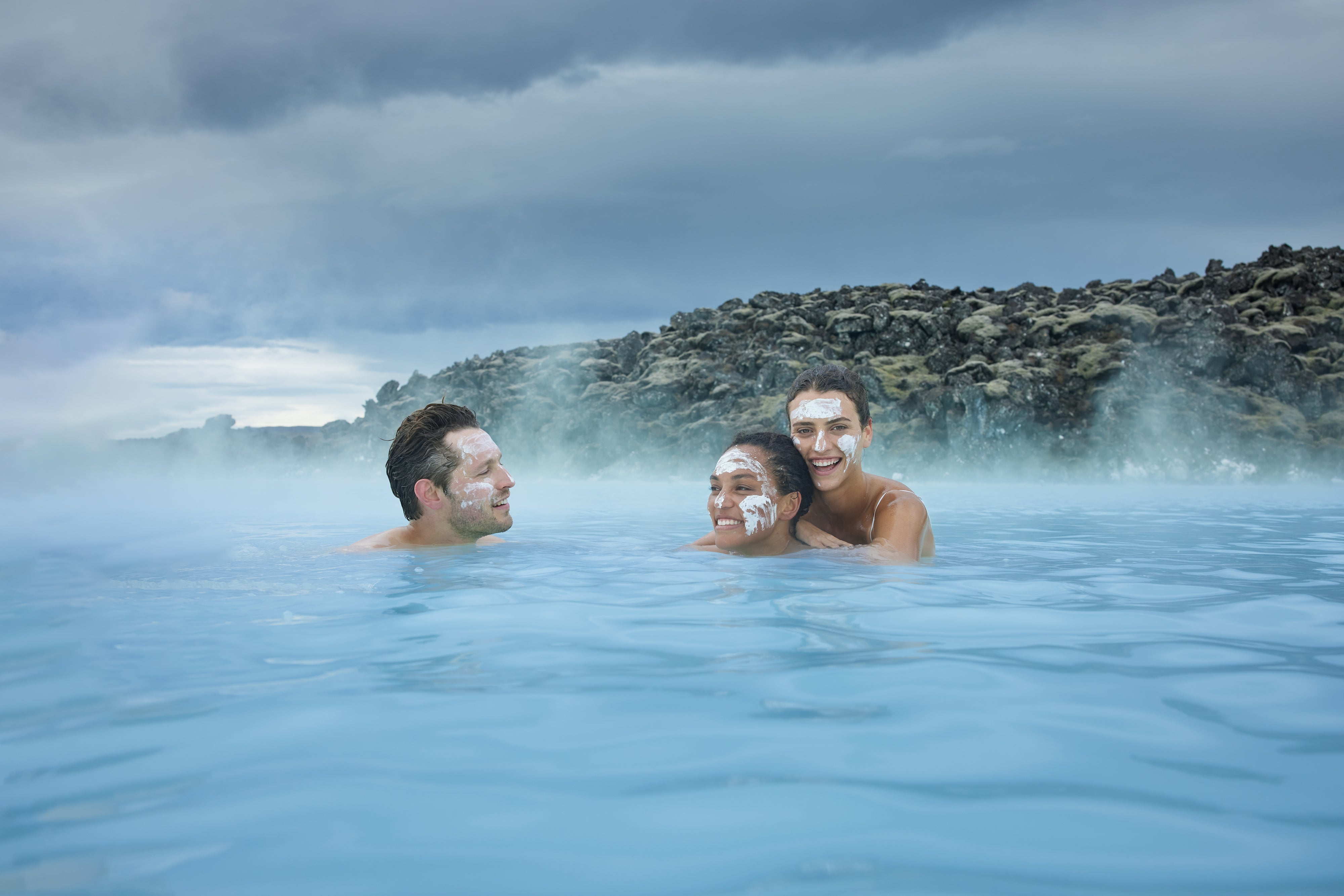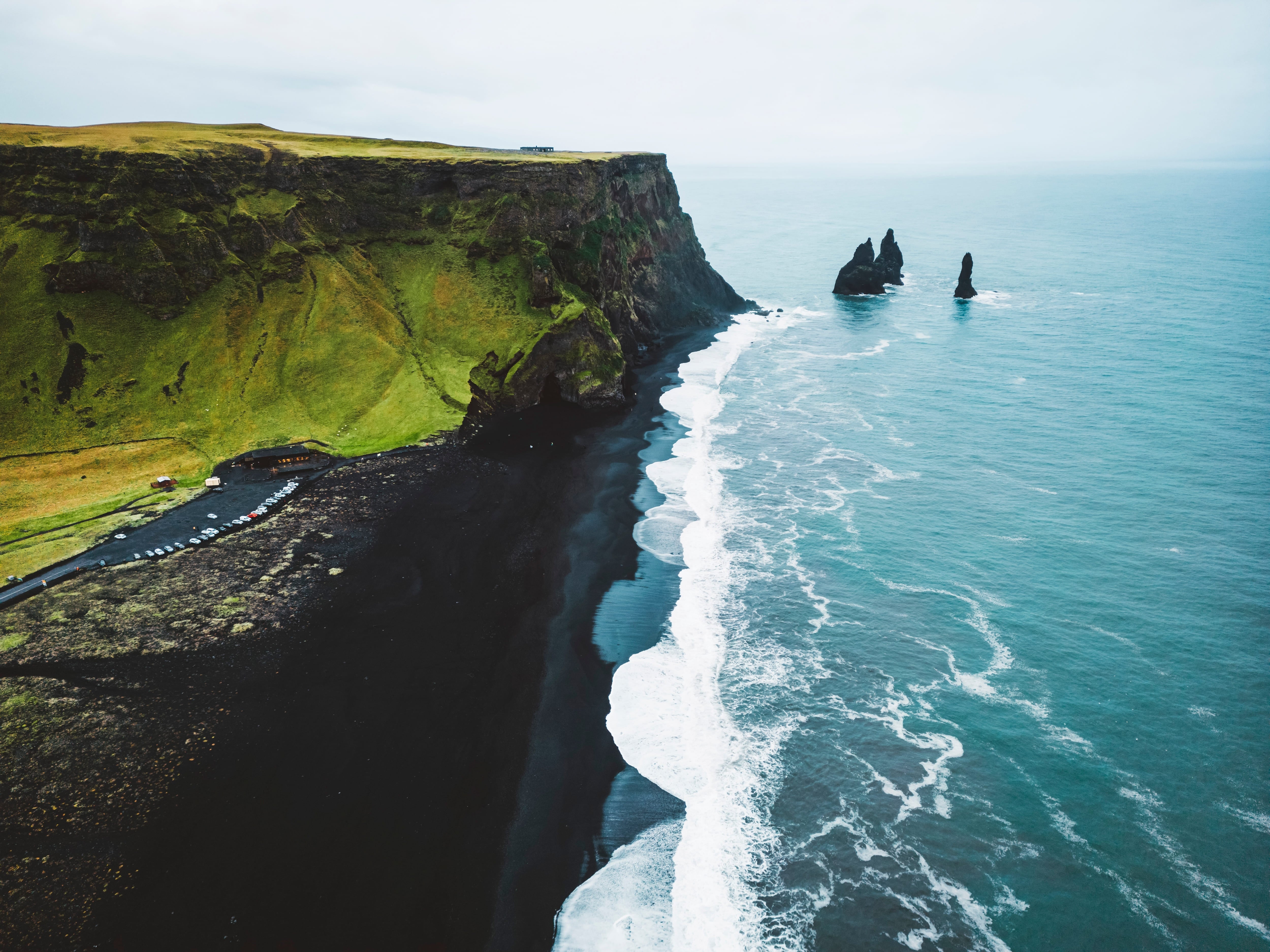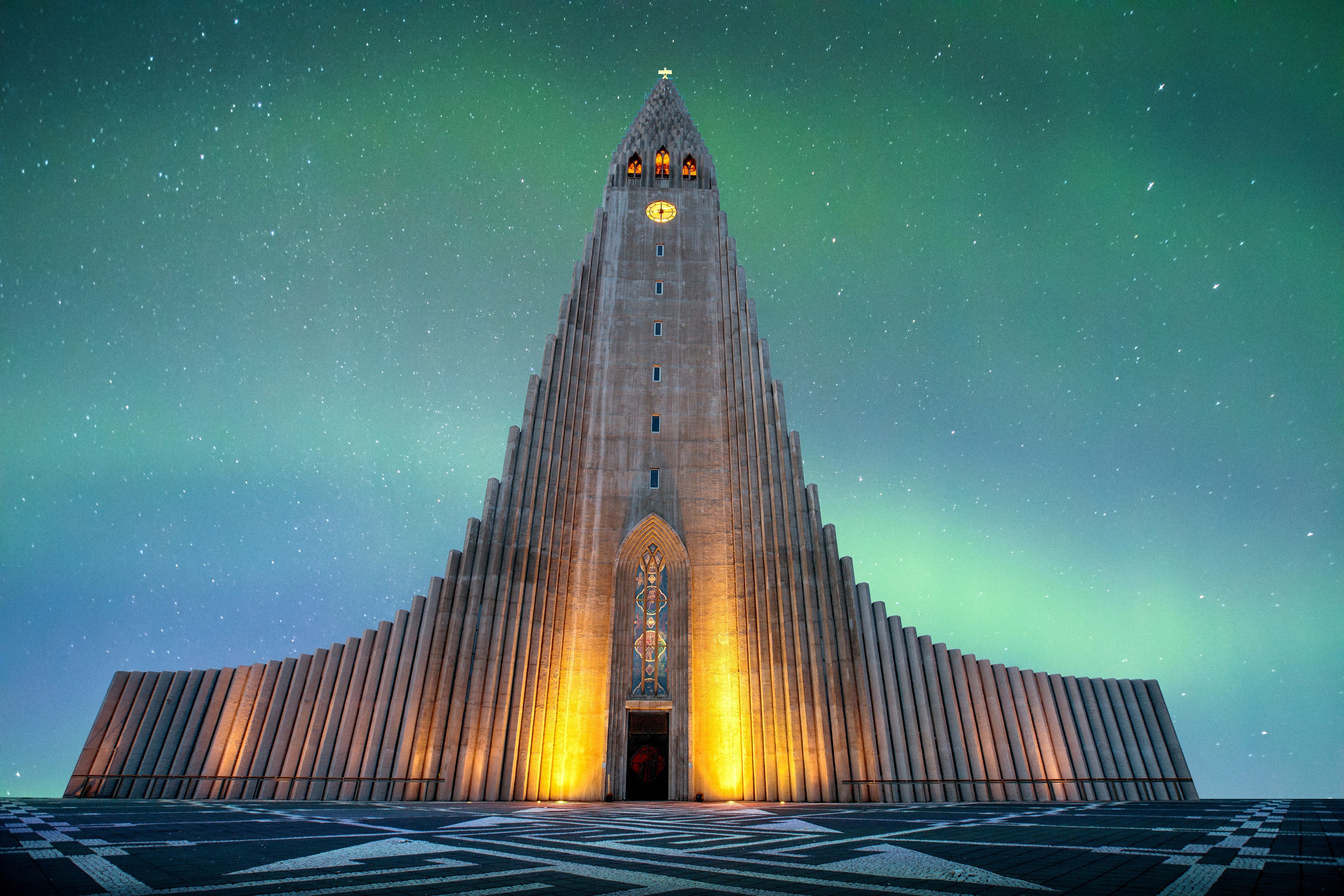Gender equality, the right to equal opportunities and resources regardless of gender, is a fundamental human right and a foundation of a prosperous, harmonious society. In Iceland, it’s part of the national identity, driving progress and shaping a welcoming atmosphere that many travelers notice from day one.
Iceland has built a culture that enables women to make choices that benefit both themselves and their communities. This contributes to the relaxed, welcoming atmosphere that makes trips to Iceland so memorable, especially for female travelers.
Why You Can Trust Our Content
Guide to Iceland is the most trusted travel platform in Iceland, helping millions of visitors each year. All our content is written and reviewed by local experts who are deeply familiar with Iceland. You can count on us for accurate, up-to-date, and trustworthy travel advice.
According to the World Economic Forum’s 2025 Global Gender Gap Report, Iceland ranks first in the world for gender equality, a position it has maintained for more than a decade.
This achievement reflects the country’s commitment to fairness through policies that support equal pay, family-friendly workplaces, and balanced representation in leadership.
Women in Iceland make up the majority of university graduates, have led the nation three times as prime minister in the 21st century, and twice as president. Their participation in the labor market is among the highest globally, a reflection of both opportunity and social support.
Along with its Nordic neighbors, Iceland has achieved lasting progress thanks to universal literacy, access to education, strong parental leave policies for both parents, and an environment where women can thrive in business and politics alike.
These achievements shape the daily rhythm of Icelandic life. Visitors often notice the sense of safety, equality, and shared responsibility that runs through Icelandic culture. Read on to discover how the fight for gender equality in Iceland has developed, and how it influences the country’s modern culture and everyday life.
- Get to know gay rights in Iceland by reading Gay Iceland | All You Need to Know
Gender in Early Icelandic History
Photo from Wikimedia, Creative Commons, by Magnus Fröderberg. No edits made.
Much of Iceland's early history is documented in the medieval Icelandic sagas. In these epic works, women appear less frequently than men, but when they do, they take on a remarkable range of roles, from goddesses and sorceresses to servant girls and settlers.
These stories offer valuable insight into the independence and strength of women in medieval Iceland, particularly in the Laxdæla saga and Brennu-Njáls saga.
Many of these qualities stem from Iceland’s history as a seafaring nation. Traditionally, men spent long periods away from home fishing or raiding, leaving women to manage households and communities.
This give them an unusual level of authority for the time.
Still, women’s lives were generally domestic, centered around childcare, food preparation, textile work, and household management.
the medieval law book Grágás outlined these gender divisions clearly, forbidding women from wearing men’s clothing, cutting their hair short, or carrying weapons.
Even within these limits, exceptional women stood out.
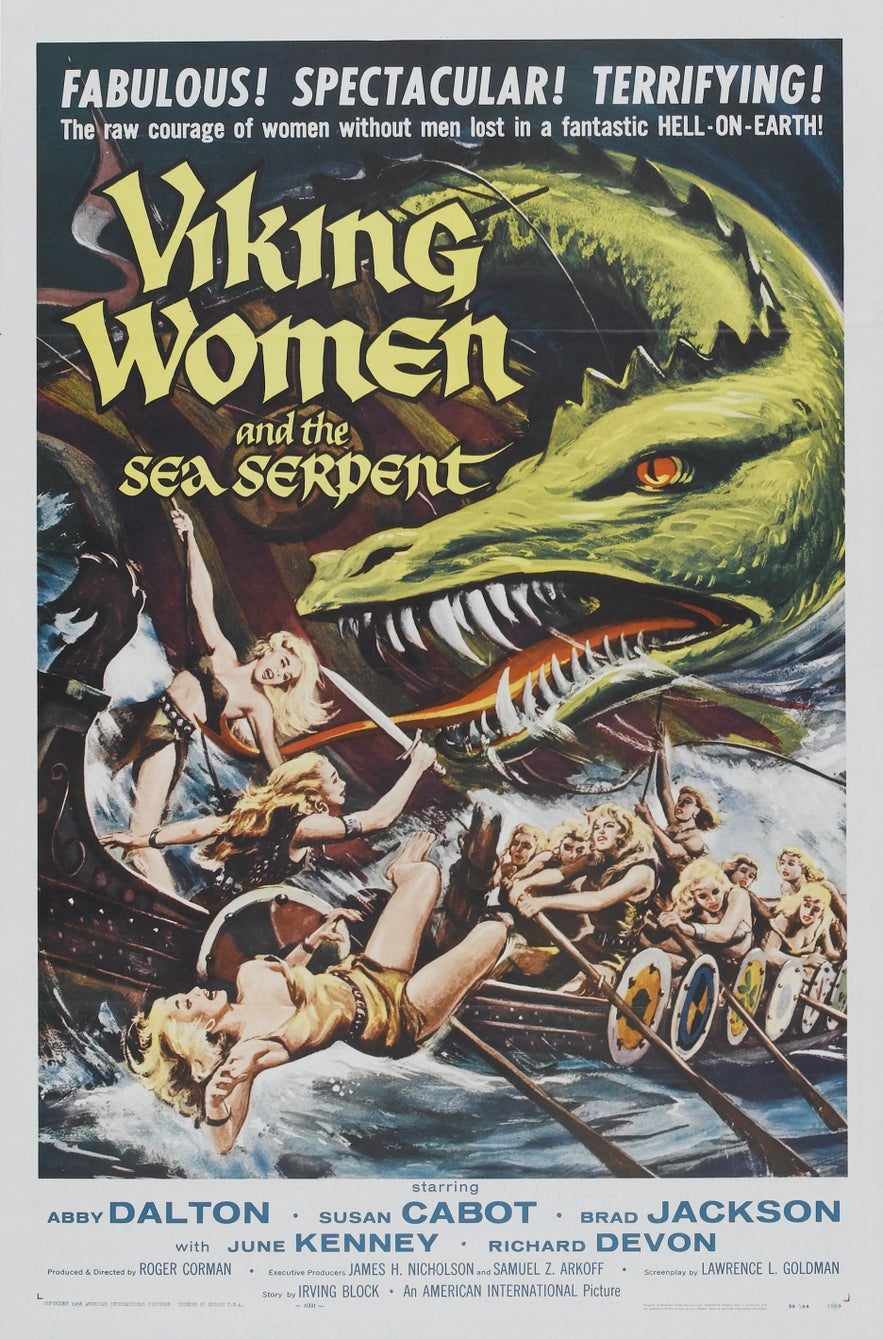
One of the most striking examples is found in the Laxdæla saga, with the story of Unnur Ketilsdóttir, also known as Aud the Deep-Minded.
After being widowed in Scotland, Unnur secretly commissioned a ship and captained it herself to Iceland. Her twenty-man crew, former slaves and prisoners, were granted freedom upon arrival. Her leadership, generosity, and courage earned her widespread respect.
She later settled land, ran a prosperous farmstead, and was ultimately buried on a ship, an honor usually reserved for the most prominent men of the era.
Such stories show that women in Norse society could achieve a degree of respect and freedom uncommon elsewhere in medieval Europe.
They managed household finances, oversaw farms in their husbands’ absence, could initiate divorce, and could even become wealthy landowners as widows.
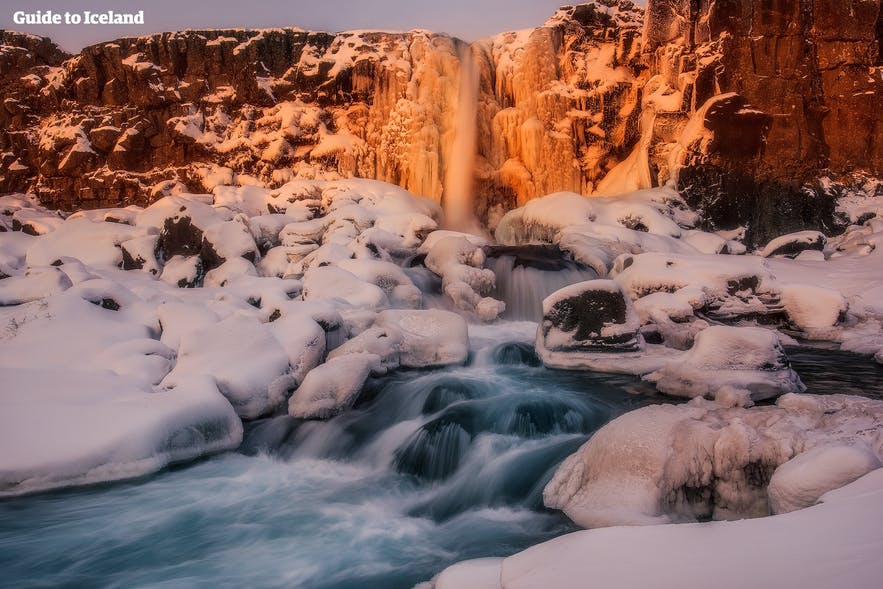
In Brennu-Njáls saga, the warrior Gunnar famously struck his wife, Hallgerður Höskuldsdóttir, after she sent a slave to steal food during a famine. Hallgerður swore revenge, telling Gunnar that he would pay for hitting her in time.
Later in the saga, Gunnar’s home is surrounded by enemies, an assault he could fight off thanks to his superior archery skills. However, when Gunnar’s bowstring snapped in the midst of battle, he called to his wife for aid, but she refused.
"Does anything depend on it?" she said.
"My life depends on it," he said, "for they'll never be able to get me as long as I can use my bow."
"Then I'll recall," she said, "the slap you gave me, and I don't care whether you hold out for a long or a short time."
"Everyone has some mark of distinction," said Gunnar, "and I won't ask you again."
With that, Gunnar was overwhelmed by his enemies and killed in his home. Hallgerður lived on, though she was roundly condemned for her actions.

Another example appears in Gunnlaug’s saga, where Helga the Fair becomes the tragic center of a love triangle between two noble warriors, Gunnlaugr Ormstunga and Hrafn Önundarson. Both men die fighting for her hand, and though Helga marries another, she spends her remaining years mourning Gunnlaugr.
Across the sagas, women often act as inciters, urging their husbands or sons toward action and vengeance to defend family honor.
Scholars suggest this role emerged from the limits placed on women’s direct participation in politics and warfare.
Through words and influence, they wielded their power in subtler but no less significant ways, shaping the course of Iceland’s legendary tales.
Women’s Suffrage in Iceland

The 19th and 20th centuries marked a period of profound transformation in Iceland, culturally, politically, and socially.
In 1845, the Danish Crown allowed the re-establishment of the Alþingi, Iceland’s national parliament, which gradually expanded its authority as a legislative and financial body. By 1904, Iceland had achieved home rule, reducing Danish influence, and in 1918, it became a sovereign state, culminating in full independence in 1944.
Amid these changes, the movement for women’s suffrage began to gather strength. Parliament discussed the issue several times, generally supporting reform, though early proposals were blocked by the conservative Danish Crown.
Still, progress came in other ways. In 1850, Iceland became the first country in the world to grant equal inheritance rights to men and women.
By 1881, women could vote in local and parish elections, and just two decades later, they were eligible to represent these bodies themselves.
The first steps toward equality had been taken.
Women’s organizations began to form across the country. In 1869, a rural women’s association emerged, focused on unity rather than politics, but it was still instrumental in sparking a cultural awakening. Its success inspired a wave of other groups dedicated to women’s education and social advancement.
In 1874, a women’s college was founded in Reykjavik, partially funded by international women’s movements. The school remains open today. For its first century, it was exclusively for women, but in 1977, it welcomed its first male student and now serves all genders.
 Photo from Wikimedia, Creative Commons, by Þorleifur Þorleifsson. No edits made.
Photo from Wikimedia, Creative Commons, by Þorleifur Þorleifsson. No edits made.
Political organization soon followed. The Icelandic Women’s Association, founded in Reykjavik in 1894, became the first explicitly political women’s rights group in the country.
It organized meetings, lobbied parliament, distributed petitions, and fought tirelessly for women’s suffrage. Within a year, the group gathered over 2,000 signatures in support of the cause; by 1907, that number had grown to 11,000, signed by both men and women across Iceland.
Their persistence paid off: in 1911, women gained equal access to public grants, education, and government positions.
Finally, on June 15, 1915, women over the age of 40 were granted the right to vote in national elections. This was a huge milestone, though still unequal to men, who could vote at 25. The discrepancy was removed just five years later.
In 1917, women also gained equal rights over their children, and by 1920, voting rights were equalized across genders.
As these political and social victories unfolded, Iceland’s population began to shift. People moved from rural farmsteads and fishing villages to the growing capital, Reykjavik. By 1920, one in five Icelanders lived there, forming a dynamic new urban center.
With this came the rise of social movements, pressure groups, and businesses, laying the foundation for a strong middle class and the next wave of activism that would shape modern Iceland.
Modern Feminism in Iceland
By the 1960s and 70s, grassroots activism had become the driving force for civil rights and social reform in Iceland.
Across the country, women were organizing, speaking out, and demanding recognition for their contributions both inside and outside the home.
In 1975, frustration over unequal pay and limited representation reached a breaking point. That year, declared International Women’s Year by the United Nations, the radical feminist group the Red Stockings proposed a bold idea: a nationwide strike to highlight women’s essential role in society.
After discussions among various women’s organizations, the plan was approved, though “strike” was softened to “Women’s Day Off” to encourage broad participation and reduce the risk of employer retaliation.
On October 24, 1975, roughly 90% of Icelandic women joined the action, walking out of workplaces and homes alike. Instead of working, cooking, or caring for children, 25,000 women filled downtown Reykjavik, marching, chanting, and making noise with pots and whistles in a powerful display of unity.
Their goal was simple but revolutionary: to show just how indispensable women were to Iceland’s economy and everyday life.
The impact was immediate and unmistakable. Schools and nurseries closed, leaving fathers to bring children to work. Newspapers halted production as their typesetters, mostly women, stayed home. Shops, offices, and telephone exchanges shut down and radio broadcasts were disrupted.
For a single day, Iceland experienced what the country would be without the labor of women.
The protest transformed Icelandic society. Just five years later, in 1980, the nation elected Vigdís Finnbogadóttir, the world’s first democratically chosen female head of state. Her victory became a lasting symbol of the change sparked by the Women’s Day Off.
The event’s legacy endures. Iceland has continued to commemorate Women’s Day Off in 1985, 2005, 2010, 2016, 2023, and 2025, each time renewing the call for equality and celebrating the power of collective action.
- See also: Iceland Did It First in the World
Icelandic Women in Politics
 Photo from Wikimedia, Creative Commons, by Rob C. Croes. No edits made.
Photo from Wikimedia, Creative Commons, by Rob C. Croes. No edits made.
Vigdís Finnbogadóttir held the position of President of Iceland for 16 years, making her the longest-serving female president from any country to date.
A divorced single mother, her presidency took the world by surprise in the less liberally minded 1980s, with international headlines reading quite simply "WOMAN ELECTED PRESIDENT."
Though she was initially reluctant to run, Vigdis was soon convinced by her fellow countrymen to prove women could successfully run a campaign and win. Despite the fact that she achieved only a narrow margin of victory, her popularity quickly soared, securing her three later re-elections.
“I’m not a man and I never have been, and my principle has always been not to try to act like a man.”
— Vigdís Finnbogadottir, President of Iceland (1980–1996)
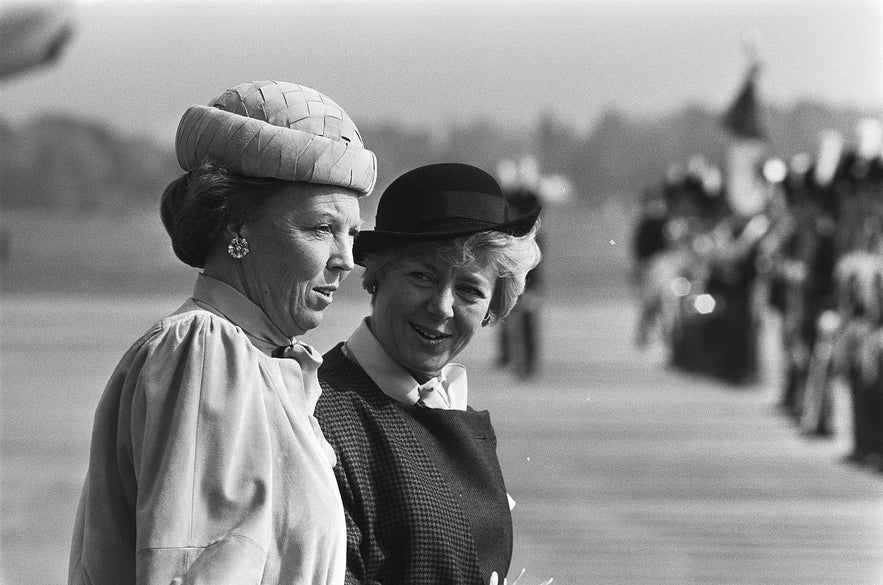 Photo from Wikimedia, Creative Commons, by Nationaal Archief. No edits made.
Photo from Wikimedia, Creative Commons, by Nationaal Archief. No edits made.
Adored by Icelanders, the country over, Vigdís Finnbogadóttir is to this day very well aware that her victory came off the back of the 1975 Women's Day Off.
Throughout her tenure as President, she vigorously pursued the development of girls' education, coined the expression "never let the woman down" and acted as a role model for young Icelandic women.
Outside of the Women's movement, she was a keen spokesperson for environmental issues and was instrumental in setting up the Reykjavik Summit, a crucial meeting held between Ronald Reagan and Mikhail Gorbachev in the 1980s that helped to bring a close to the Cold War.
Since then, Vigdís Finnbogadóttir has not been the only woman to push the boundaries of leadership in Icelandic politics.

Photo from Wikimedia, Creative Commons, by Johannes Jansson. No edits made.
In 2009, Jóhanna Sigurðardóttir was elected as Iceland’s first female prime minister and, coincidentally, the world’s first openly gay head of government. She was instrumental in leading the charge against sexual violence and rape.
Guðrún Jónsdóttir of Stígamót, a Reykjavik organisation campaigning against sexual violence, said of the prime minister, "Jóhanna is a great feminist in that she challenges the men in her party and refuses to let them oppress her."

Photo from Wikimedia, Creative Commons, by Johannes Jansson. No edits made.
Kolbrún Halldórsdóttir, a former MP with the Left-Green Movement, pushed to end stripping and lap dancing based on feminist ideals, rather than religious ones. At the time, she firmly told the national press, "It is not acceptable that women or people in general are a product to be sold."
As of 2010, strip clubs, the purchase of sex, and profiting off the nudity of employees have all been made illegal, taking up the "Nordic model". This new law effectively meant that authorities were able to close in and shut down the major institutions facilitating human trafficking and the sex trade.
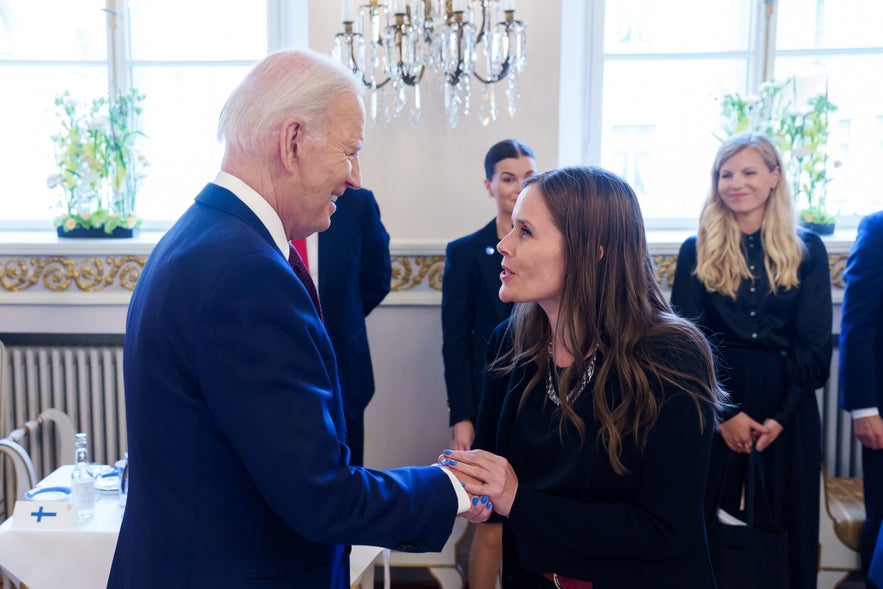
Photo from Wikimedia, Creative Commons, from The White House. No edits made.
The tradition of women in high office continued with Katrín Jakobsdóttir, who became Iceland's second female prime minister in 2017.
As the leader of the Left-Green Movement, she led a broad coalition government and was a prominent figure both nationally and internationally for her focus on social and environmental issues. Her tenure as Prime Minister ended in April 2024 when she resigned to run for President.
Iceland's leadership has since experienced a historic and unprecedented shift, demonstrating a continuous commitment to female representation.

Photo from Wikimedia, Creative Commons, by Arctic Circle. No edits made.
In the 2024 presidential election, businesswoman and former CEO Halla Tómasdóttir was elected as the country's second female president, succeeding Guðni Th. Jóhannesson. She assumed office on August 1, 2024.
Following a snap election the same year, Kristrún Frostadóttir was appointed as the Prime Minister in December 2024. As the leader of the Social Democratic Alliance, she became Iceland's youngest ever leader and its third woman to hold the position.

Photo from Wikimedia, Creative Commons, Dati Bendo / European Union, 2025 / EC - Audiovisual Service. No edits made.
The formation of Kristrún Frostadóttir's government marked a moment where women held the country's two most powerful political positions, the President and the Prime Minister, simultaneously.
It was also the first cabinet in Iceland to have more women than men, with women holding six of the eleven ministerial posts.
Furthermore, at this time, women were also at the helm of other prominent national institutions, including the Bishop of Iceland, the National Police Commissioner, and the State Prosecutor, setting a new benchmark for female representation in national leadership.
- See more: 100 Years of Women Voting
Other Genders in Iceland
The gender equality in Iceland isn't limited to simply females and males. Iceland is also at the forefront of equality when it comes to the LGBTQ+ community, so that individuals who identify as non-binary gender are as much a part of society as anyone else.
Above, you can see Ugla Stefanía Kristjönudóttir Jónsdóttir give a talk about non-binary gender and the obstacles they still face in society today, at a TEDx talk in Reykjavik.
Ugla is the former chairperson of Trans Iceland, a part of the '78 Association, Iceland's LGBTQIA rights group. As a transgender rights activist who prefers non-gendered pronouns, they write about genderqueer rights for Huffington Post, help to spread information about non-binary people, and aid genderqueer rights around the world.
While there is still progression to be made in terms of the recognition of trans and genderqueer individuals, Iceland allows platforms for these people to represent themselves freely.
Discrimination on the basis of perceived or actual gender identity is illegal, and those who transition can change their names and genders on all legal documents without issue.
This has been the case since the passing of sweeping progressive legislation in 2012, protecting the rights of those outside the binary.
While not perfect, Iceland is a much more welcoming place today to discuss alternative gender issues than it was when the first transgender person came out. In 1989, Anna Kristjánsdottir was forced to move to Sweden to receive any support at all.
Since her return, she has become recognised as a pioneer for trans people and celebrated for her bravery.
- See also: Gay Iceland: All you need to know
- See also: A Bit About Gay Iceland
Gender Equality in Iceland Today
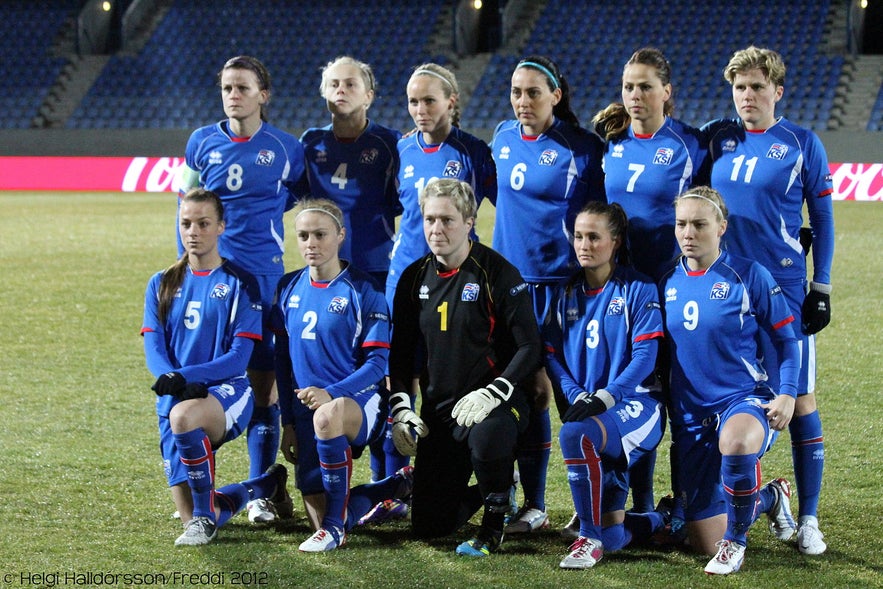 Photo from Wikimedia, Creative Commons, by Helgi Halldórsson. No edits made.
Photo from Wikimedia, Creative Commons, by Helgi Halldórsson. No edits made.
Despite Iceland’s global reputation for gender equality, substantial challenges remain. Women are still under-represented in top leadership: in 2024, women accounted for 24.4% of enterprise managers and 25.1% of chairs of boards of Icelandic companies.
The gender pay gap persists as well. In 2024, the unadjusted gender pay gap in Iceland at 10.4%, up from 9.3% in 2023. This means, on average, women earned about 90 cents for every euro earned by men. It's an improvement from older estimates, yet still a meaningful disparity. The gap widens with age: among employees aged 55–64, the gap reached 16.7%
Sexual harassment and gender-based violence remain serious issues. Studies over the past decade indicate that around one in three Icelandic women has experienced workplace harassment, with higher rates in the service and hospitality industries.
Immigrant women and women in physicaly demanding jobs are disproportionately affected. While Iceland has made substantial progress in its legal framework and victim support, activists and social workers stress that continued awareness and prevention efforts are essential.
The government has introduced stronger protections for victims of domestic violence and sexual assault. Under current law, those accused of domestic abuse can be removed from the home, and victims are supported through well-coordinated police and social-service networks.
Reykjavik’s Women’s Shelter provides refuge and counseling for hundreds of women and children each year, and specialized “one-stop” centers across the country offer medical, psychological, and legal assistance to survivors of sexual violence.
Iceland’s progress in women’s rights also extends to healthcare. The country legalized abortion in 1935, becoming one of the first nations in the world to do so, and has never reversed that decision. Reproductive healthcare remains accessible and publicly funded, ensuring women are in charge of their own bodies.
In recent years, Iceland has celebrated several milestones. The nation marked 100 years of women’s suffrage in 2015, and in 2025, it celebrates the 50th anniversary of the defining 1975 women’s strike.
The government continues to strengthen gender-equality laws, including tougher penalties for domestic abuse and stalking, and has introduced initiatives aimed at involving men in advancing equality, emphasizing that real progress depends on everyone’s participation.
Yet even as it leads globally, the nation continues to push forward, determined to close the remaining gaps in pay, leadership, and representation. Icelanders remain committed to building a society that is fair, safe, and equal in both law and everyday life, one that continues to set an example for the rest of the world.
The Fight Continues Onward
Iceland’s journey toward gender equality is one of steady progress built on courage, cooperation, and cultural transformation. From the strong, independent women of the medieval sagas to modern political trailblazers and activists, each generation has carried the movement forward.
While challenges remain, what sets Iceland apart is its refusal to stand still. Equality here is viewed as a continuous project, not a completed mission. It's this collective commitment to fairness that keeps Iceland at the forefront of global change, inspiring nations and travelers alike.
This culture of equality and openness is tangible, from workplaces to family life and national celebrations. It’s part of what makes Iceland not just a breathtaking destination, but a living example of respect and inclusion.
What do you think about Iceland’s approach to gender equality? Have you noticed examples of equality and inclusion during your travels in Iceland? Share your thoughts or experiences in the comments below!



